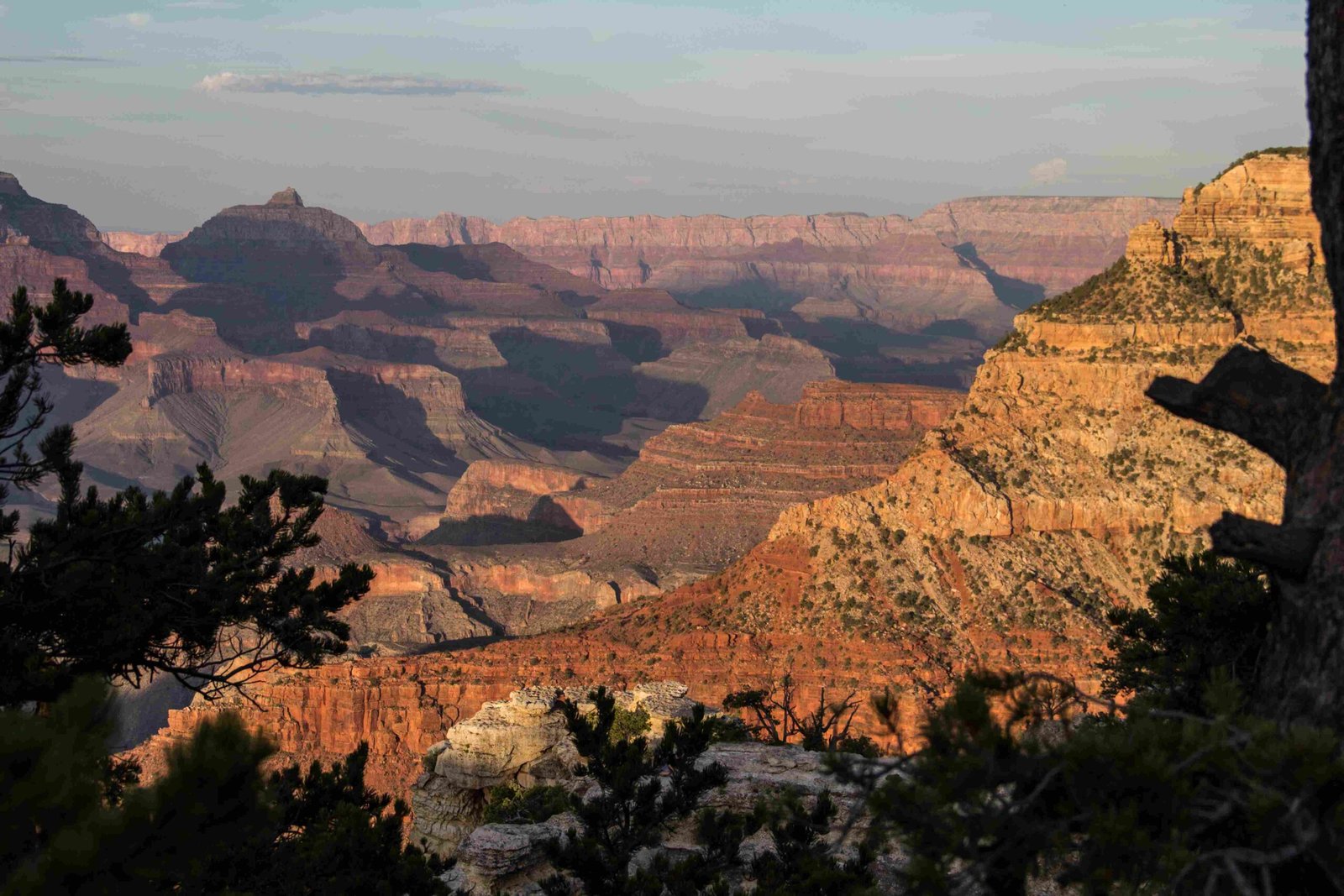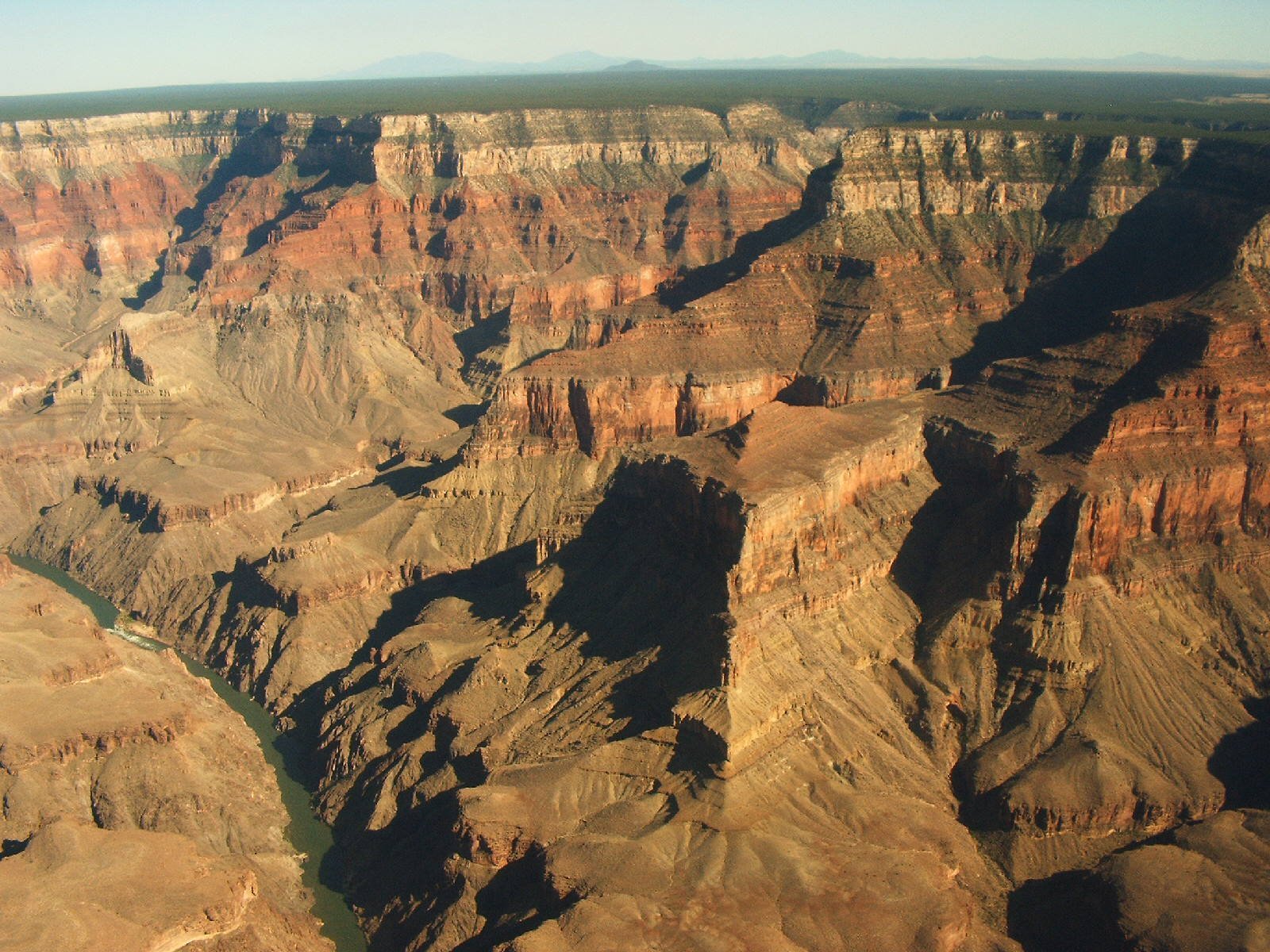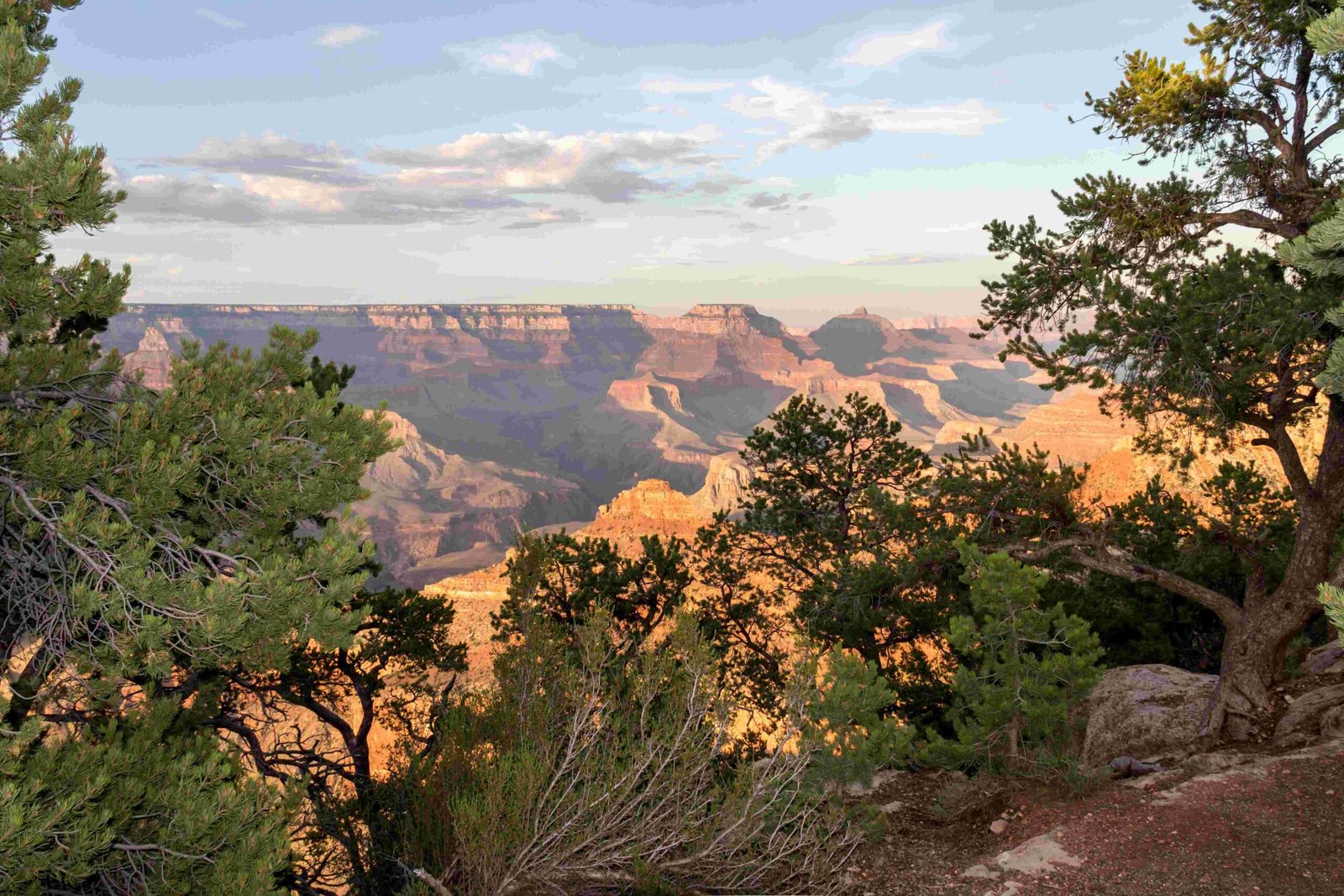The Grand Canyon represents a breathtaking geological narrative spanning over 2 billion years, where complex tectonic movements, sedimentary rock layering, and the relentless Colorado River collaborated to carve one of Earth’s most spectacular landscapes. This natural wonder emerged through intricate processes of mountain building, volcanic activity, and continuous erosion, revealing a stunning cross-section of geological history that attracts millions of visitors annually.
What Geological Processes Initiated the Grand Canyon’s Formation?

Prehistoric Sedimentary Foundations
The Grand Canyon’s story begins with sedimentary rock deposition during multiple geological eras. Key stages of formation include:
- Precambrian Era (1.75 Billion Years Ago)
- Formation of basement rocks
- Deposition of marine sediments
-
Creation of metamorphic rock layers
-
Paleozoic Era (550-250 Million Years Ago)
- Shallow marine environment sediment accumulation
- Development of limestone, sandstone, and shale layers
How Did Tectonic Movements Contribute?
Tectonic activities played a crucial role in the Grand Canyon’s formation:
| Tectonic Event | Impact on Landscape |
|---|---|
| Laramide Orogeny | Raised Colorado Plateau |
| Plate Movements | Created elevation differences |
| Volcanic Activity | Deposited lava flows |
What Role Did the Colorado River Play?
The Colorado River emerged as the primary sculptor of the Grand Canyon approximately 5-6 million years ago. Its erosive power, enhanced by:
- Snowmelt-driven water volume
- High-gradient terrain
- Consistent water flow
- Abrasive sediment transportation
What Factors Accelerated Erosion?
Multiple geological agents contributed to canyon formation:
- Wind erosion
- Tributary stream cutting
- Freeze-thaw cycles
- Differential rock resistance
How Deep and Wide Did Erosion Occur?
The Grand Canyon’s remarkable dimensions showcase its erosive power:
- Depth: Approximately 1 mile (6,093 feet)
- Length: 277 miles
- Width: 4-18 miles
- Average erosion rate: Approximately 0.01 inches per year
What Rock Layers Tell the Geological Story?
The canyon walls reveal a complex geological history through exposed rock layers:
- Vishnu Basement Rocks: Oldest, metamorphic foundations
- Grand Canyon Supergroup: Sedimentary layers from ancient marine environments
- Paleozoic Formations: Limestone, sandstone, and shale sequences
- Volcanic Deposits: Recent geological additions
Scientific Significance and Ongoing Research

Geologists continue studying the Grand Canyon to understand:
- Climate change indicators
- Geological transformation processes
- Evolutionary environmental shifts
Research Methodologies
- Radiometric dating
- Stratigraphic analysis
- Sedimentary rock examination
- Paleontological investigations
Preservation and Future Studies
The Grand Canyon remains a critical natural laboratory for understanding Earth’s geological evolution, offering unprecedented insights into planetary transformation processes.
Key Takeaways
- 2 billion years of geological history
- Multiple erosional and depositional processes
- Continuous landscape transformation
- Ongoing scientific research potential
References:
– National Park Service Geological Information
– USGS Grand Canyon Geological Studies
– Geological Society of America Publications

